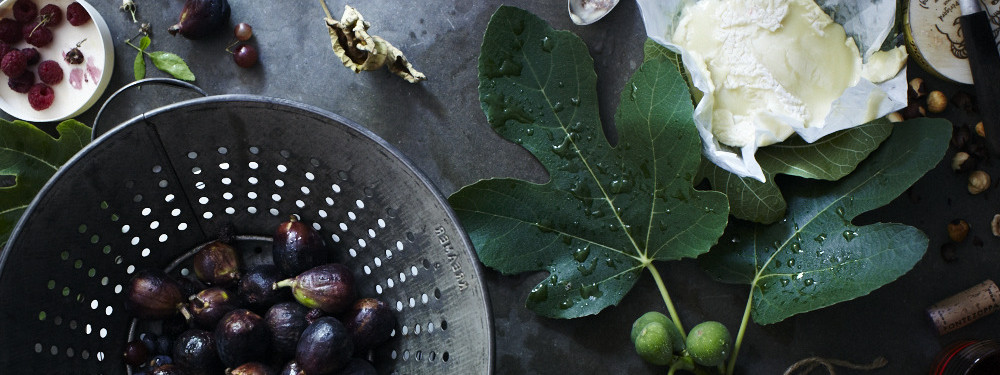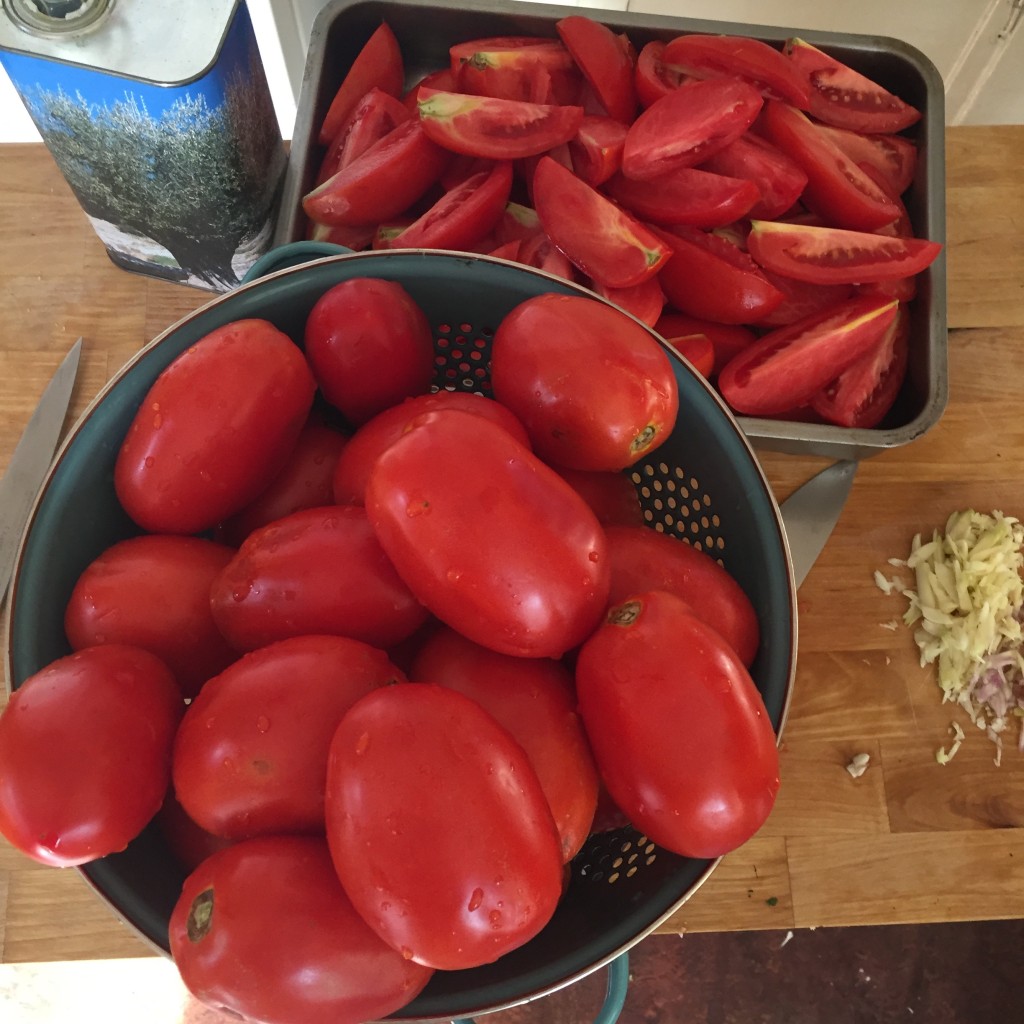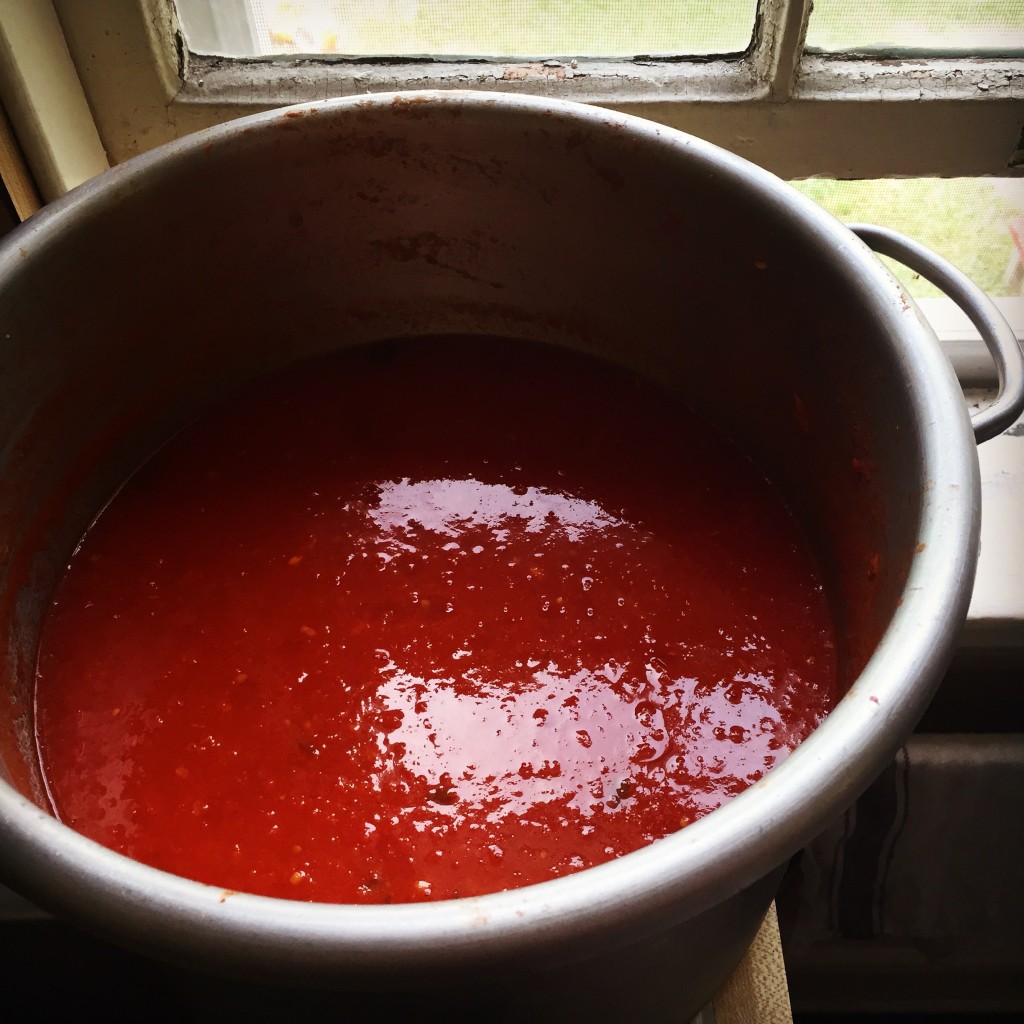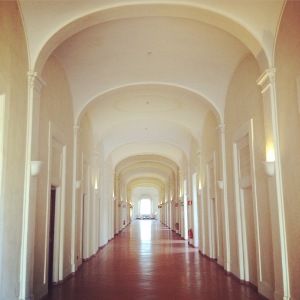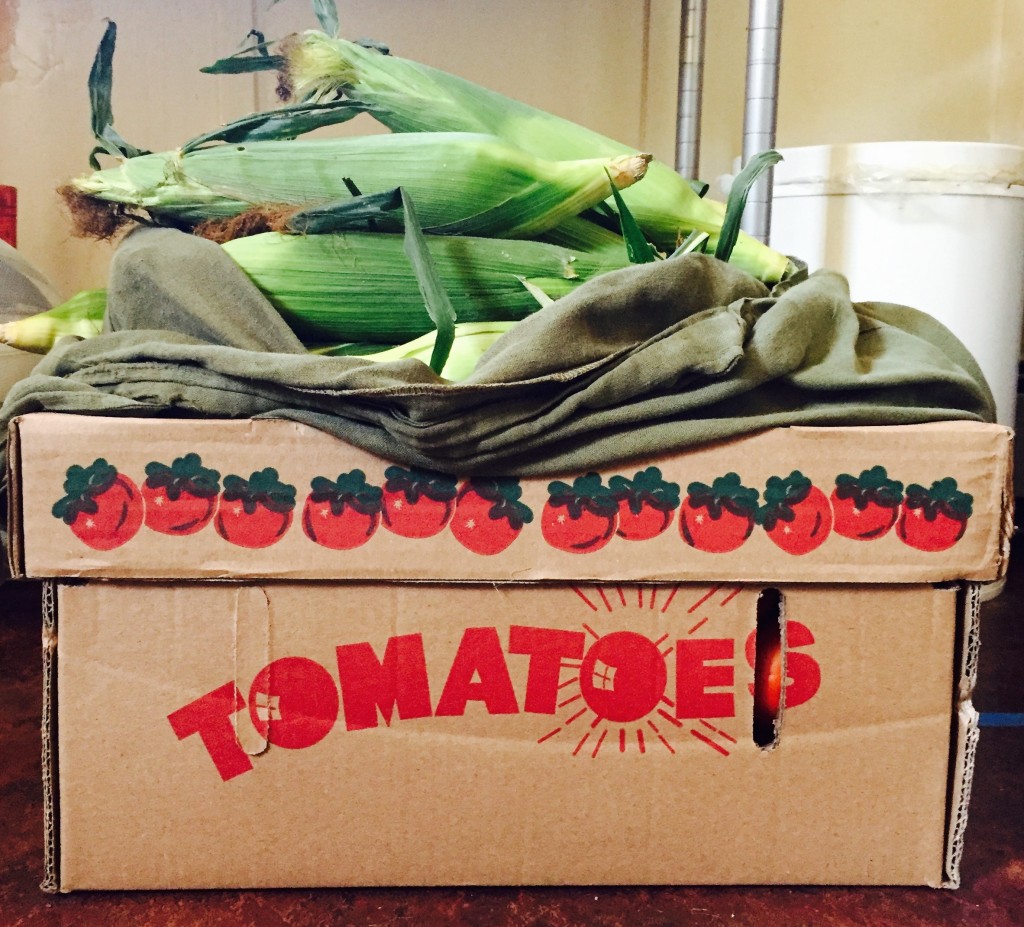
That’s it for summer as we knew it, 2016… School is open and I’m getting back in the swing of some things I had almost, just almost forgotten about. Like fitting in everything I need to do before two fifteen on most days so I can get to school, and having to plan dinner when I’m not anywhere near ready to think about eating. I’m not sure I’m ready to button up and stop living from moment to moment. Among other ways I’ve let it all go: I’ve ignored my pantry and my freezer. Now it’s time to wipe those shelves, throw out last winter’s uneaten candy, and restock. Can I have my cake and eat it too?
During the first days of September I tiptoed slowly towards fall, but I kept a strong hold on summer. I lingered upstate in our quiet, Hudson-area village, and spent long days with my son Theo before he had to go back to school, to the third grade. My little boy will soon grow into a big one, leaving only a trace. There are only some things you can hang on to; the days were getting shorter. I made a last grasp, just to see how much of the summer I could keep.
At the farmstand up the road, tomatoes were selling for ten dollars per case… that’s heavy: a 25 pound box, about 11 kilos, or about half a Theo. The tender ears of corn were five dollars for 13 – a baker’s dozen- and so very, very sweet.
The linoleum-covered floor in my summer kitchen tilts comically, and there isn’t much counter space. When we moved into the house I purchased a small kitchen island for chopping on. Now I stationed myself there. Before long, the narrow wooden surface was fully covered in tomatoes. I don’t have a lot of equipment, nor was I prepared with jars and supplies for canning- but I do have a new foodmill and I was very excited to use it. Truthfully, in my heat-induced torpor I was looking for the simplest possible way to preserve the summer. So, in between our yard sale adventures and an afternoon visit from friends, I made a batch of tomato sauce in my largest pot. And when that visit turned into dinner, I decided I would save my energy and work in stages (in fact, two days is preferable so that your sauce can chill down nicely before you need to put it away for its hibernation). That night I stood in the little kitchen after everyone had gone to bed, turning the handle of my food mill and watching slips of tomato skin pile up in its metal teeth. When the tomatoes were effectively a purée, I cooked it down until it was a light sauce, and then returned the giant pot to the refrigerator for the night. The following day I divided it into smaller containers and froze them. Any extra tomatoes were peeled and frozen whole. And before we tidied the house and loaded up the car for the city I quickly cooked the corn cobs, then shaved off yellow kernels into a pile… I watched the steam rise, and when it dissipated I knew it was time to bag those little bits of sunshine up and pop them in the freezer; not saying goodbye, but more like arrividerci. Until we meet again…
Recipes for tomato sauce sometimes call for a pinch of sugar. Towards the end of cooking time, taste your sauce to see if it is lacking a certain mellowness that a bit of sugar can help along. But I can’t imagine that any September tomatoes you cook with aren’t sweet, holding inside, as they do, all the sunshine and warmth of your summer days.
15 pounds plum (Roma) tomatoes
extra virgin olive oil to coat the bottom of your pot by 1/4 inch, about 1/2 cup
8 garlic cloves, thinly sliced
coarse salt (kosher or sea salt)
a handful of fresh herbs stems: basil, thyme and marjoram or oregano, or a mixture
crushed red chile, optional
1. Quarter tomatoes through the stem. Place a large, heavy pot or a stockpot on the stovetop and add oil and garlic over medium heat. Cook just until you can smell the fragrance and garlic is becoming soft, do not let it brown AT ALL. Add the tomatoes all at once, and a large pinch of salt. Raise heat to medium high and cook until the tomatoes on bottom begin to collapse, about 10 minutes. Add herbs and continue cooking, stirring often to distribute tomatoes, until the pot is full of bubbling, juice and tender tomatoes, about 30 minutes. Mash the tomatoes up a bit with the spoon.
2. Let tomatoes cool, at least 20 minutes, and up to two hours. Strain through a foodmill fitted with the coarsest blade. The skins and some of the seeds will be left behind, and you’ll need to scrape them out of the food mill from time to time. The tomatoes will be a coarse purée. For a smoother sauce, use the smaller blade. Return all of this loose purée to the pot. Place it over medium heat and cook again, stirring occasionally until deep red, saucy and as thick as you like it. I didn’t cook mine for very long; a sauce with a light body and fresh tomato flavor can be a lovely thing to have on hand in winter. When you defrost it, you may need to add a bit of simmering time until it’s thick enough to coat your pasta, but it will be a versatile thing, and can be used in place of canned ground tomatoes- and so much more flavorful. Taste and add more salt, and a pinch of hot pepper if you like. Cool to room temperature before transferring to smaller containers and refrigerating or freezing.
